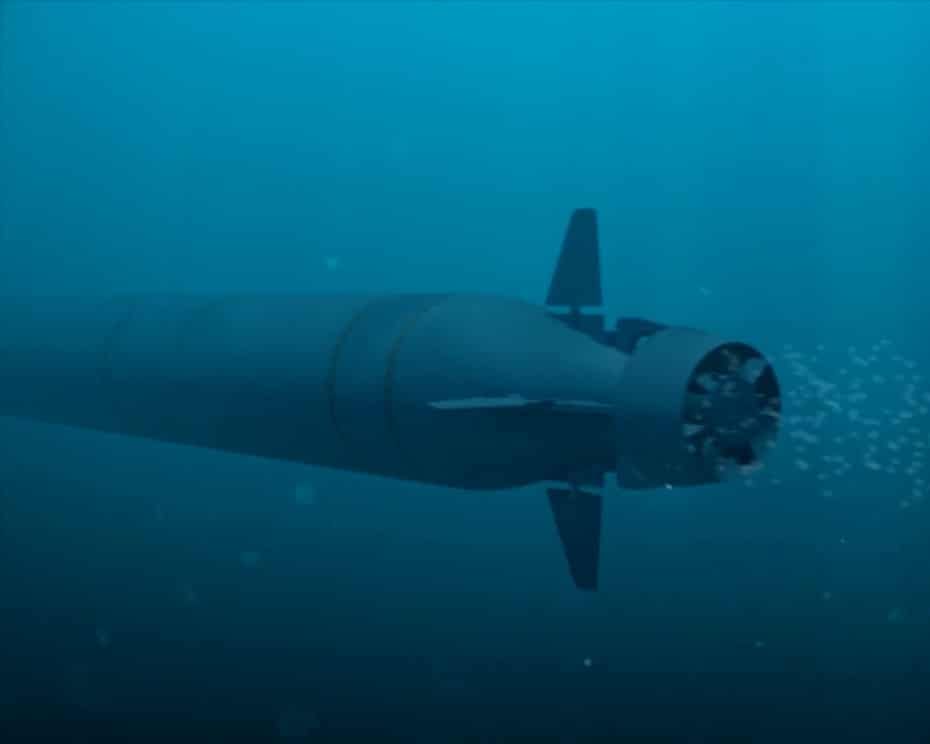In a statement that has caught global attention, Russian President Vladimir Putin announced that Russia has successfully tested a new nuclear-powered underwater drone, reportedly capable of creating radioactive tsunamis powerful enough to devastate coastal cities.

The weapon, known as Poseidon, is designed to travel thousands of kilometers underwater and deliver a massive nuclear payload. Putin claimed the system could “wipe out enemy coastlines,” describing it as a new generation of strategic deterrence.
According to Russian officials, Poseidon carries a miniature nuclear reactor that allows it to operate at great depths for extended periods. It can be launched from a submarine and is said to be “uninterceptable” due to its range and stealth.
However, not all experts agree with the dramatic “tsunami weapon” label.
“While a large underwater nuclear detonation could generate waves, the idea of a 100-meter tsunami wiping out continents is greatly exaggerated,” said physicist Joshua Pollack, an expert on nuclear weapons at the Middlebury Institute of International Studies.
Another analyst noted that the real power of Poseidon may lie in psychological deterrence rather than physics.
“It’s a message to the West — Russia wants the world to know it can think beyond traditional nuclear missiles,” wrote military analyst Pavel Felgenhauer.
Despite doubts about its full destructive capacity, the weapon marks a shift in global military strategy, introducing new fears about the use of autonomous nuclear systems and the erosion of arms control treaties.






